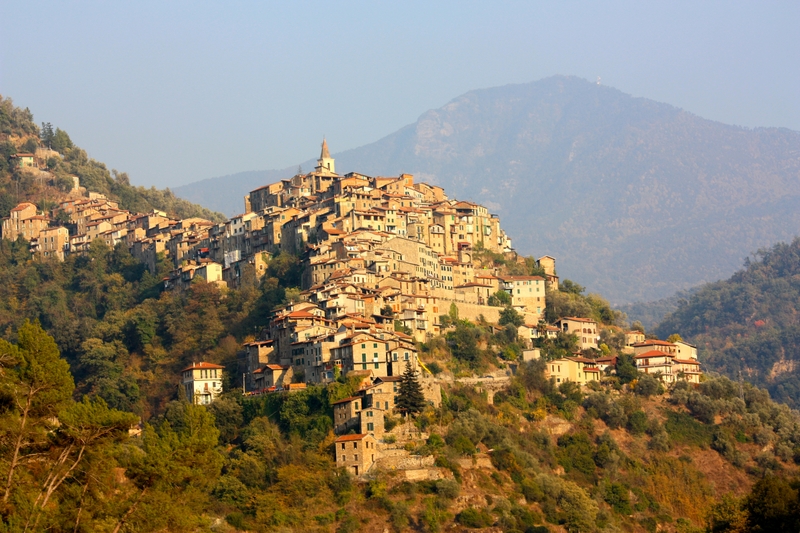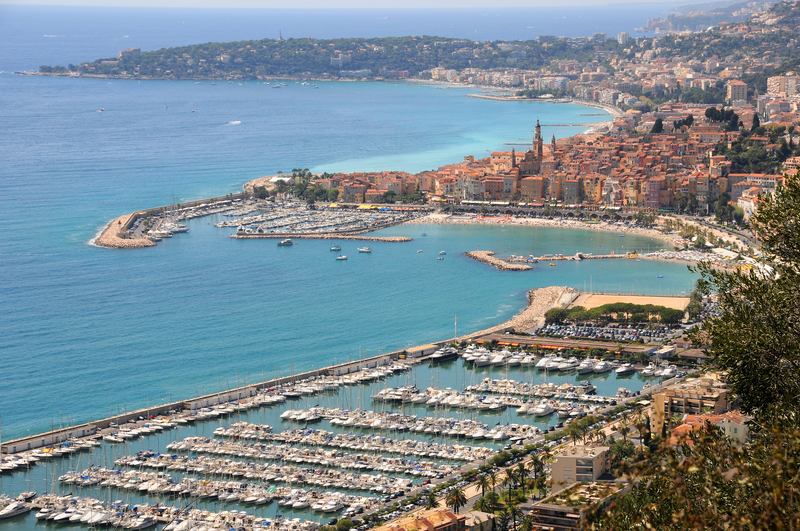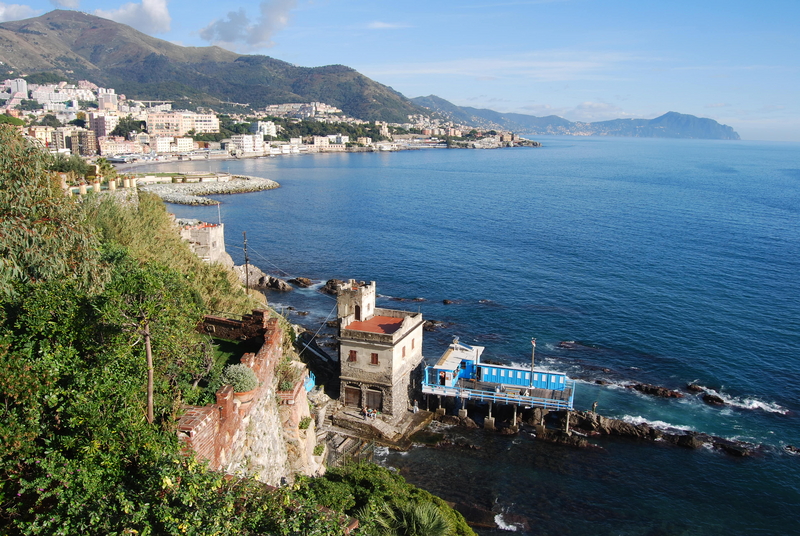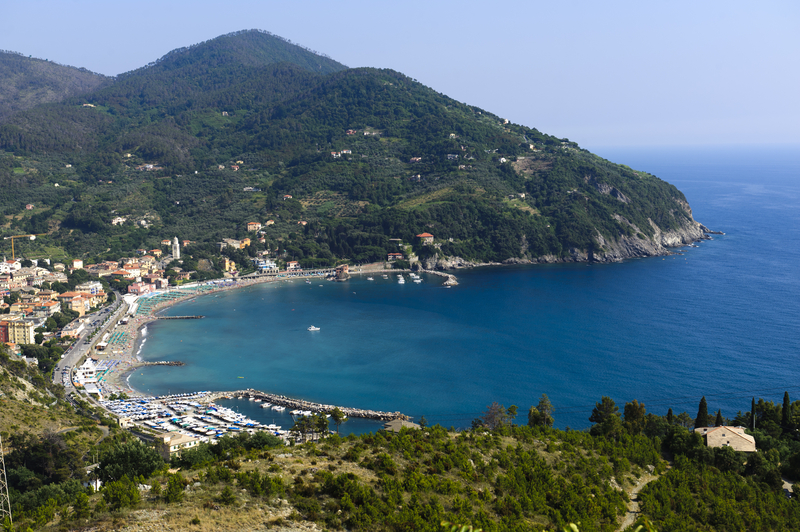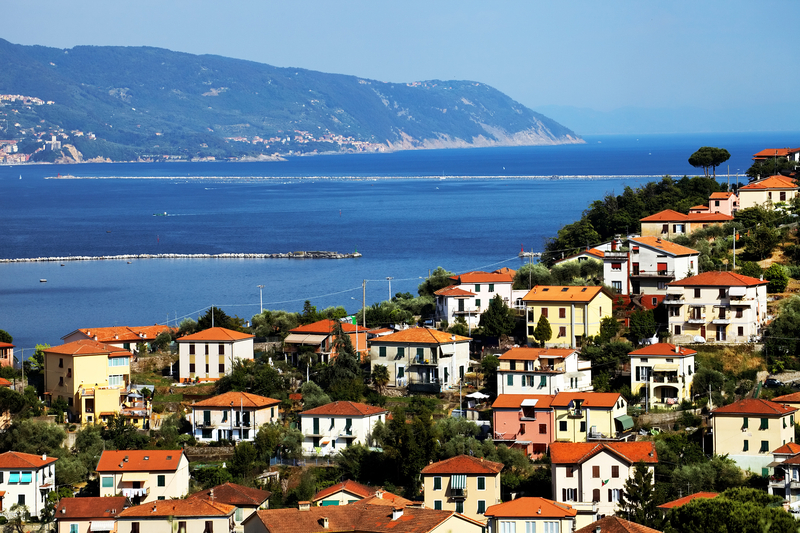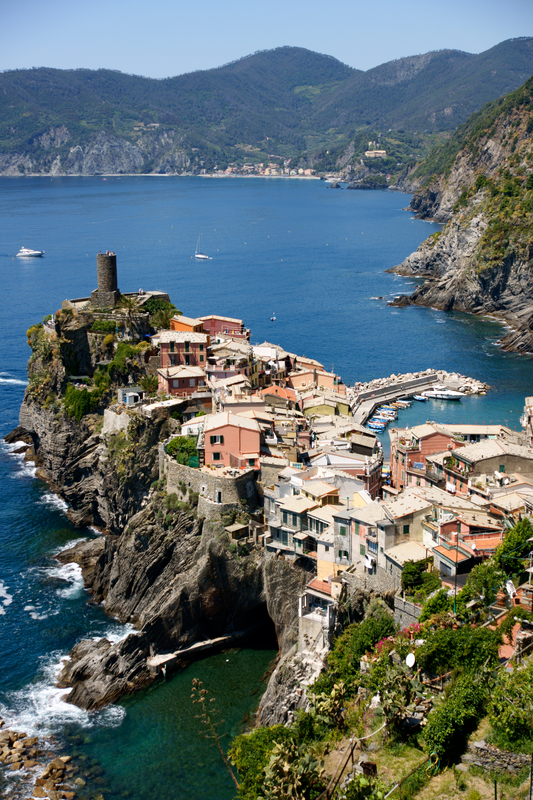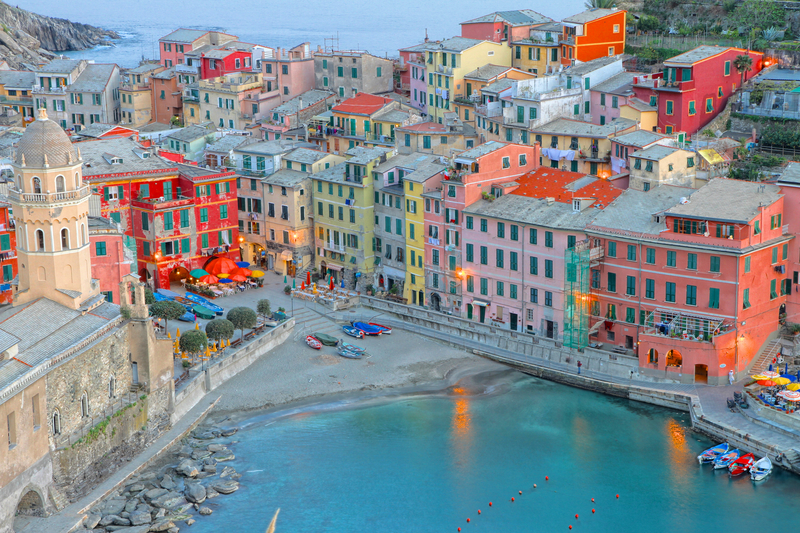When one thinks of Italy a number of different images come to mind, such as gelato piled high in a bowl, gorgeous beaches crowded with people, or perhaps even the beautiful countryside laden with wineries. Santa Margherita is no different but instead of it being the overcrowded tourist destination one would expect from such a beautiful and quaint location, Santa Margherita actually offers a reprieve from the hustle and bustle normally associated with two of its closets towns: Rapollo and Portofino. Even better, visitors to Santa Margherita can expect to pay a significant amount less to stay in the town's grand hotels and gorgeous garden villas then they would if they stayed in its two neighboring towns. It is also just a few short hours to Rome, Florence and Venice, all of which are some of Italy's most popular tourist destinations.
 The glittering bay that winds its way through the picturesque town of Santa Margherita makes it ideal for visitors interested in fishing or those who simply want the opportunity to admire the water from the safety of the shore. During the day, young and old alike walk the streets and explore the countryside on foot. The town is comprised of narrow lanes and cobble stone streets, reminding visitors of a time long past.
The glittering bay that winds its way through the picturesque town of Santa Margherita makes it ideal for visitors interested in fishing or those who simply want the opportunity to admire the water from the safety of the shore. During the day, young and old alike walk the streets and explore the countryside on foot. The town is comprised of narrow lanes and cobble stone streets, reminding visitors of a time long past.
Santa Margherita has a rather colorful and exciting history dating back to ancient times. The town was founded during Roman times and later became a part of the Genoa republic. During the Middle Ages, the bay was divided into two smaller bays: Pescino and Corte. Today, the town is known as Santa Margherita Ligure, Liguria and is filled with lush Mediterranean vegetation. Its hills are dotted with the Genoese summer homes that were constructed during the 17th century. Visitors can expect breathtaking views from the balconies of the villas that face bay's crystal clear water.
But visitors can expect to see more than stunning homes and perfectly manicured gardens. Santa Margherita is also home to a number of historic landmarks such as the Basilica of Santa Margherita di Antiochia that was constructed in the 1700s. The Chiesa dei Cappuccini was built during the 1600s and contains quite a view remarkable religious artifacts that date back as early as the 1100s. With just the right mixture of old and new, Santa Margherita is the ideal vacation spot for anybody looking for an escape from their usual routine.


